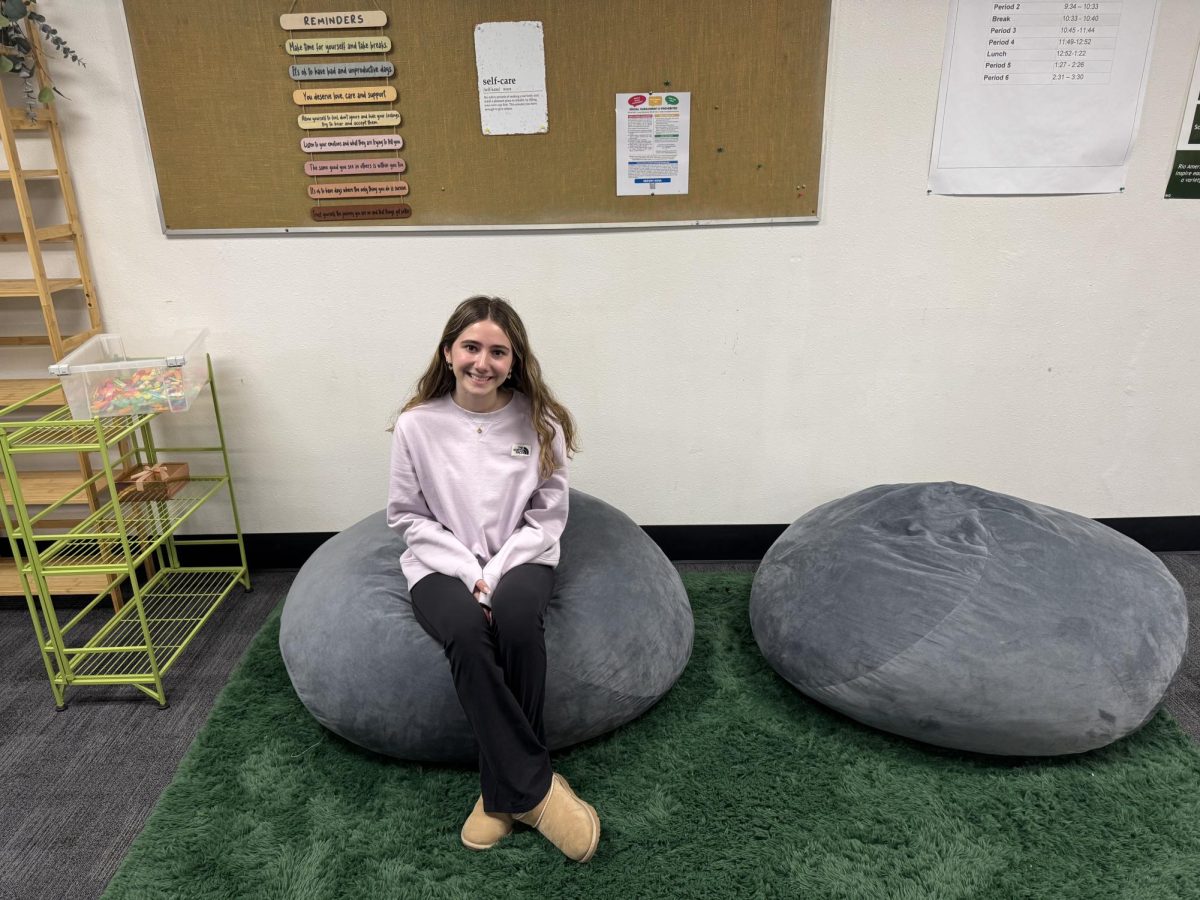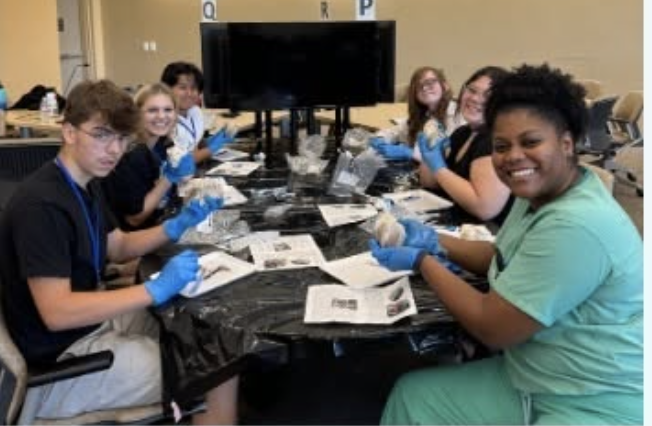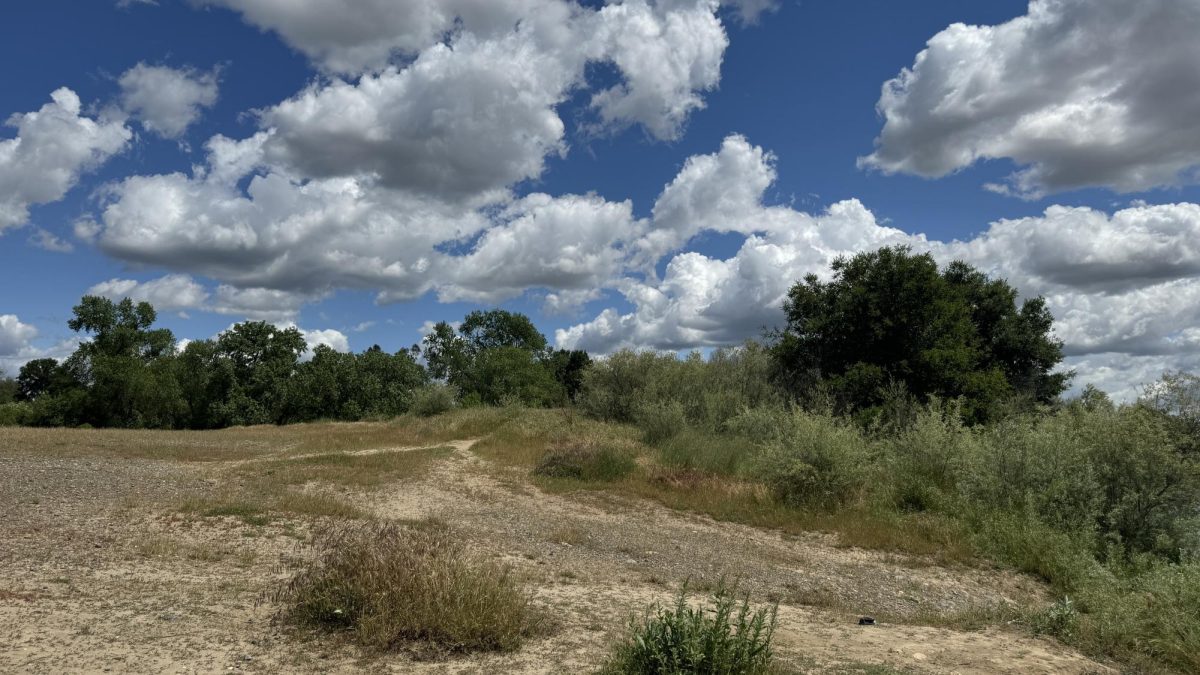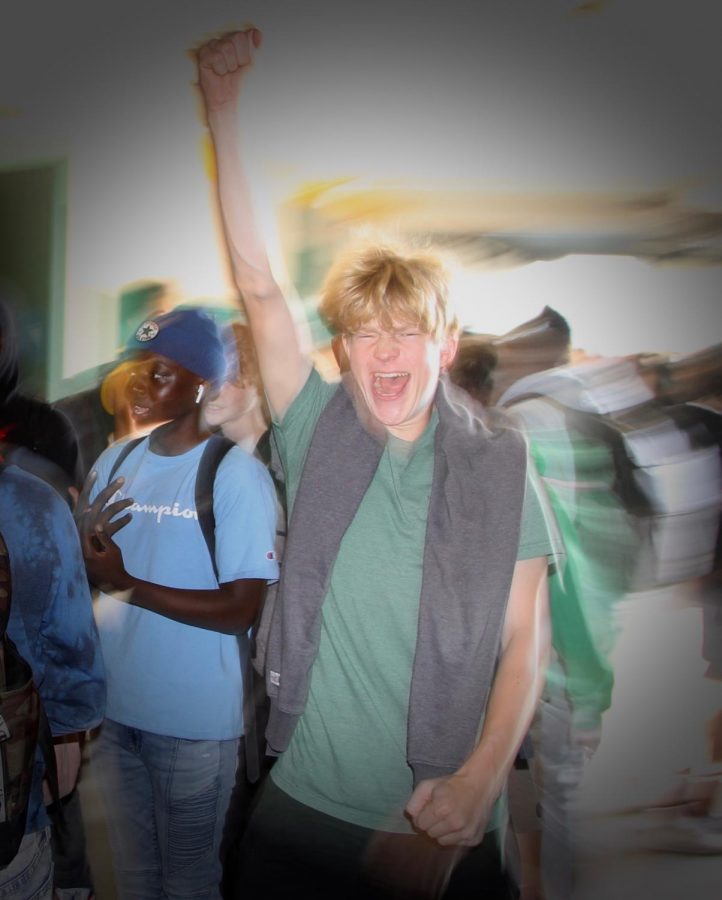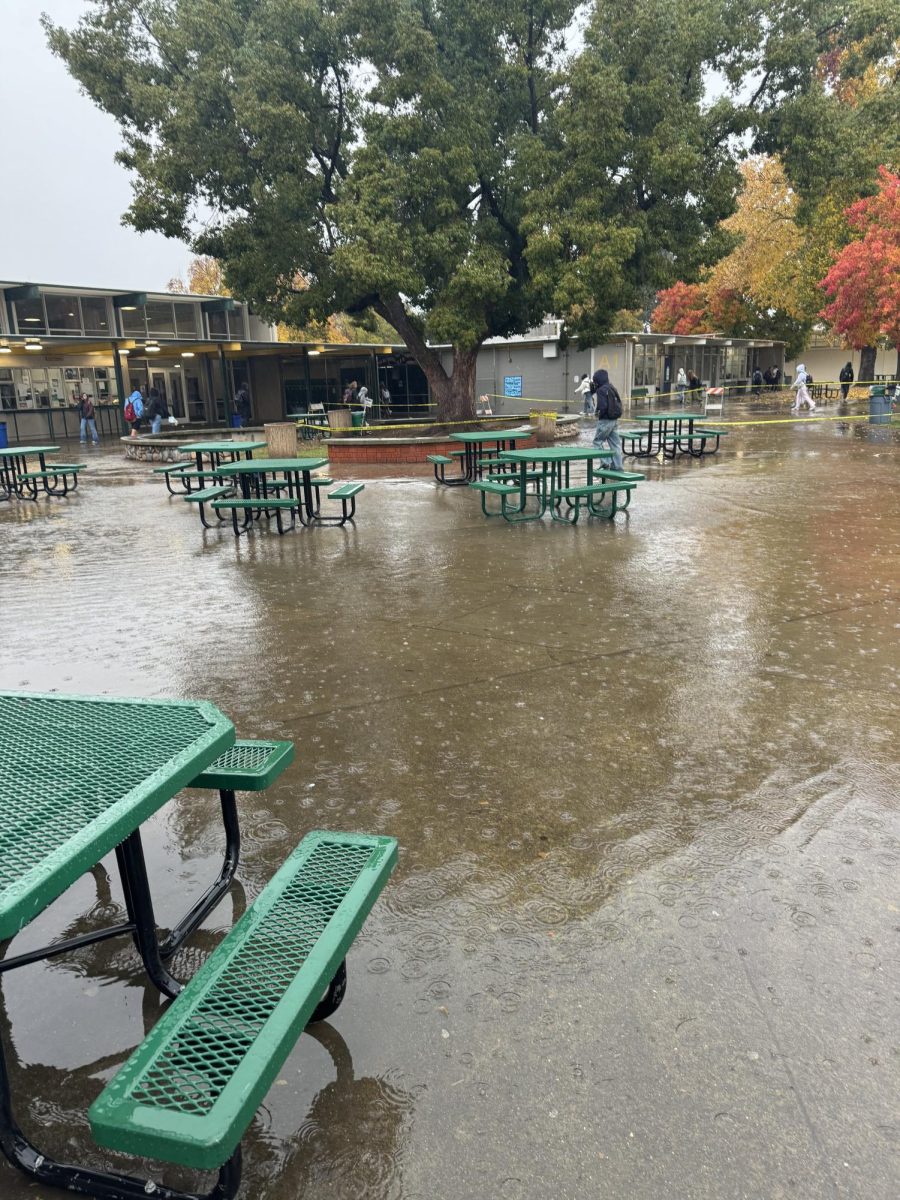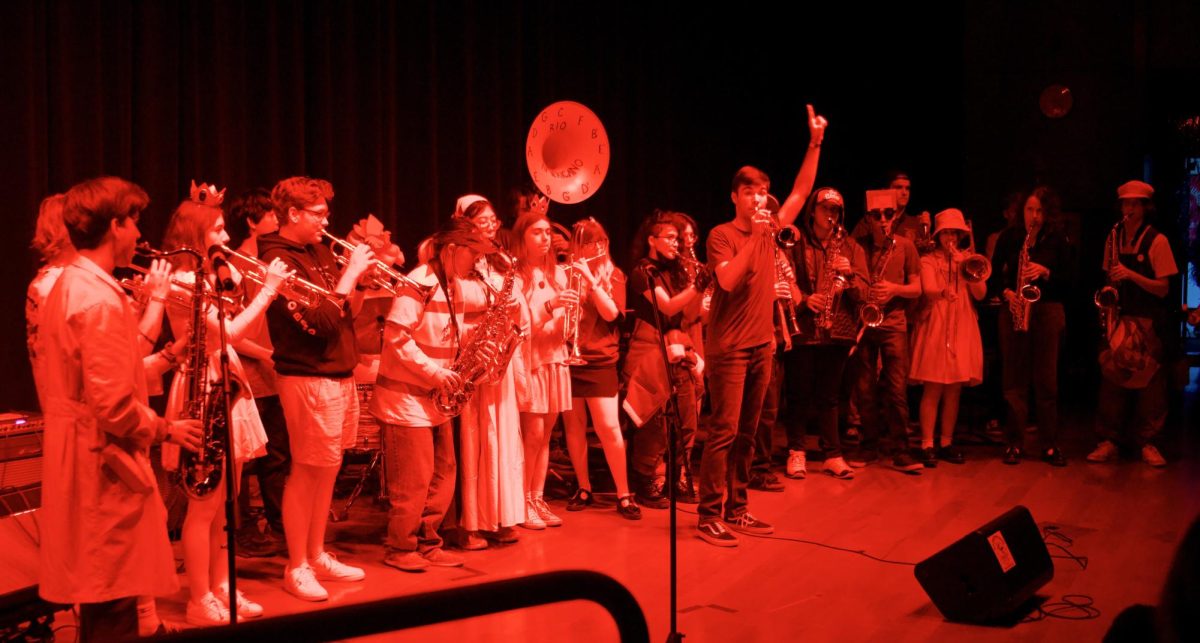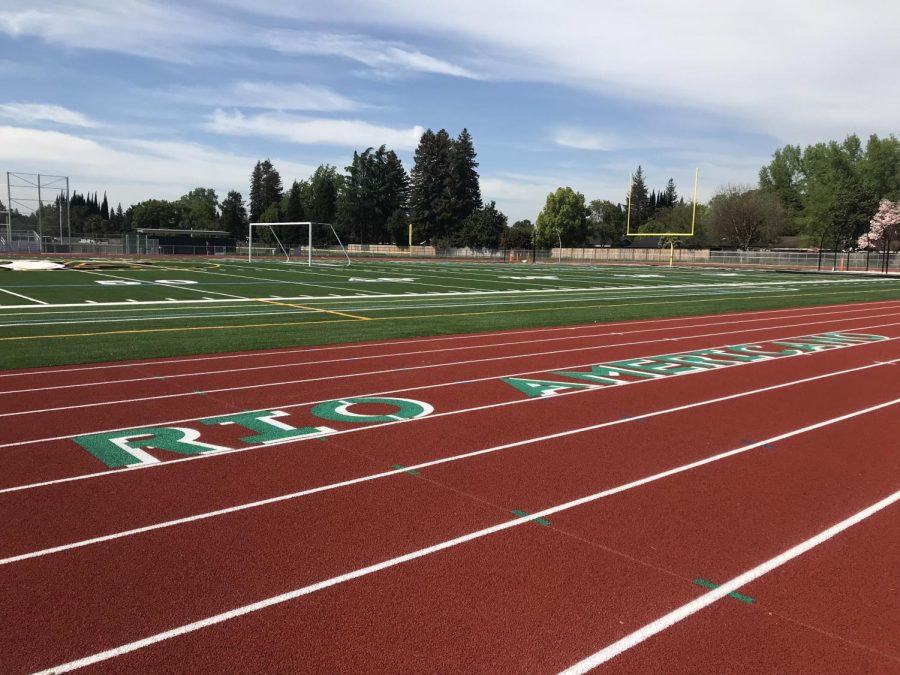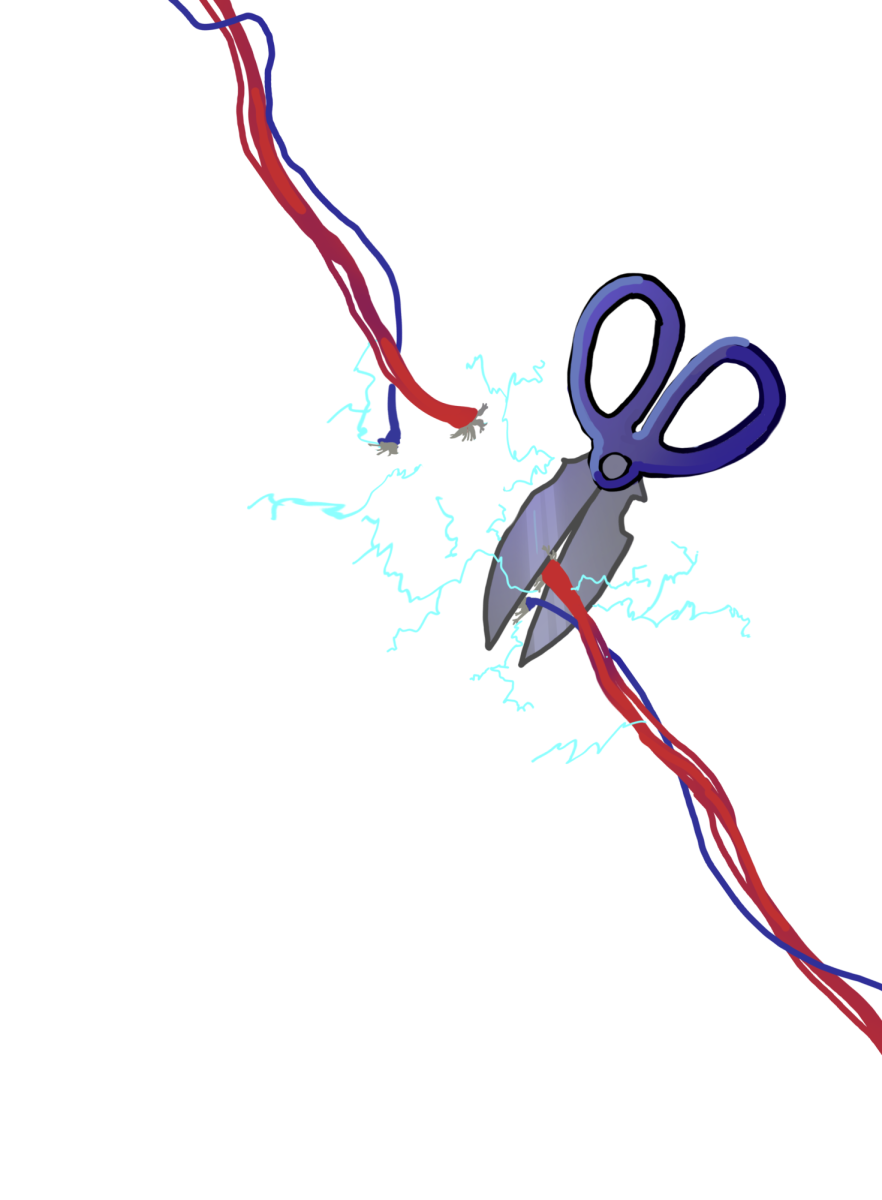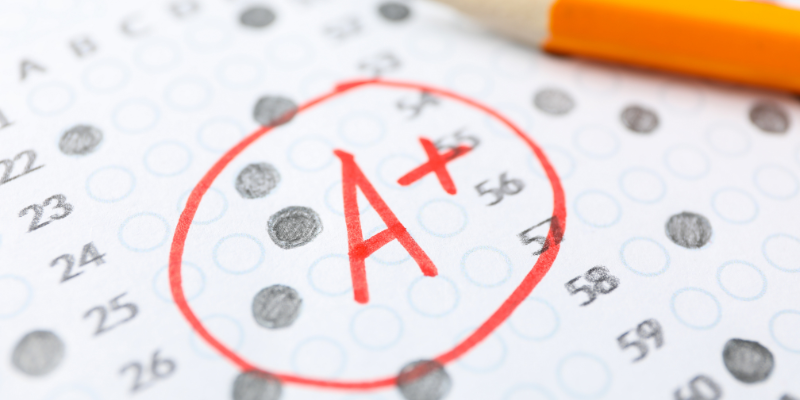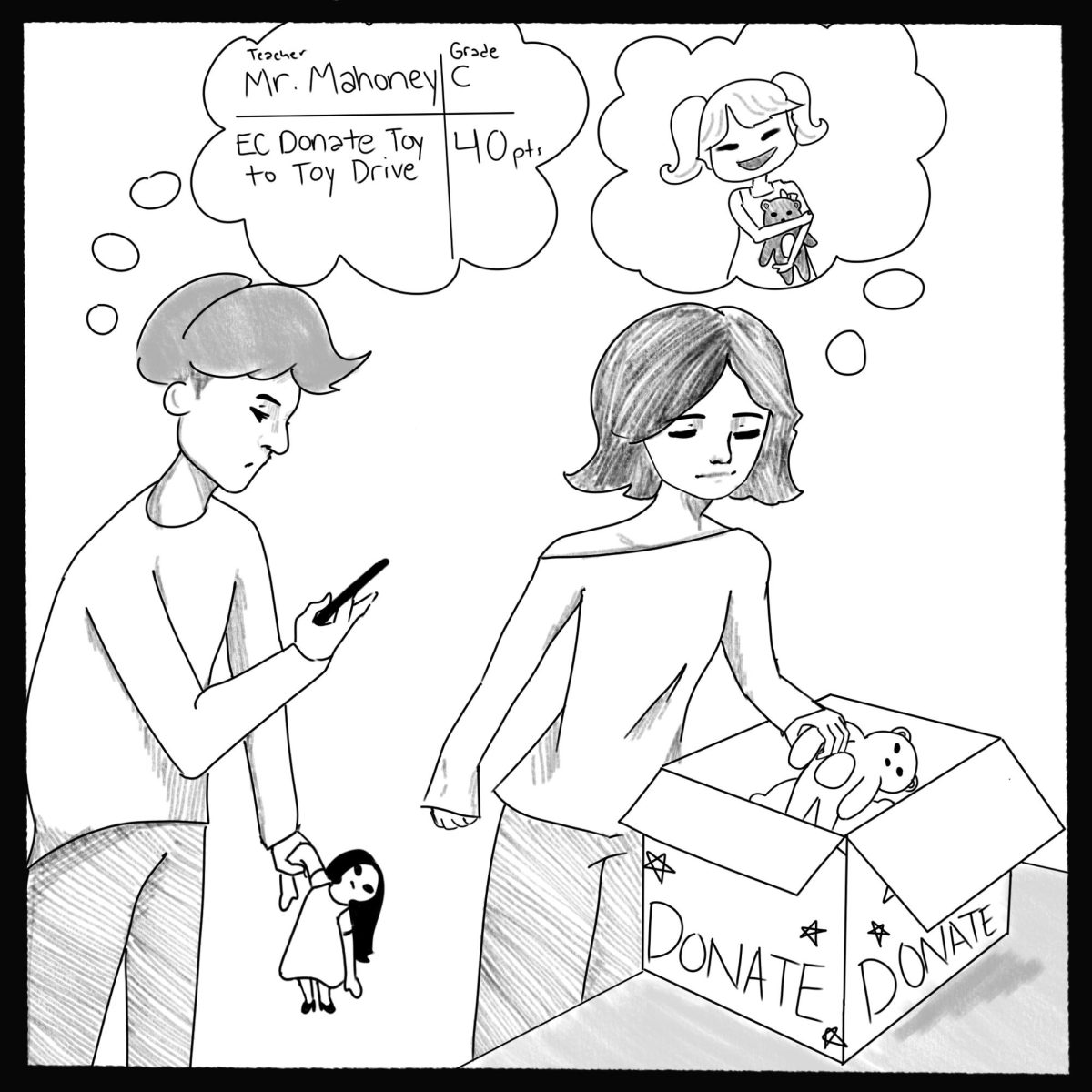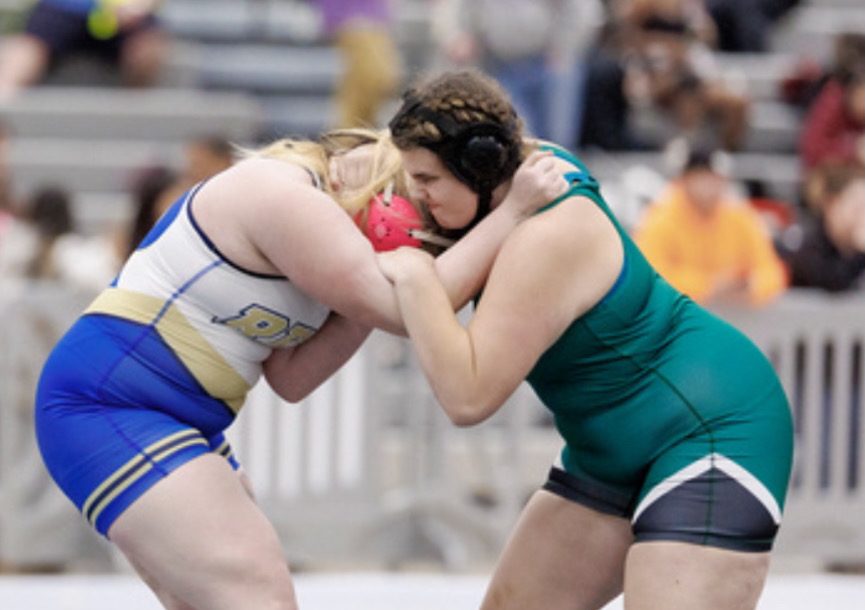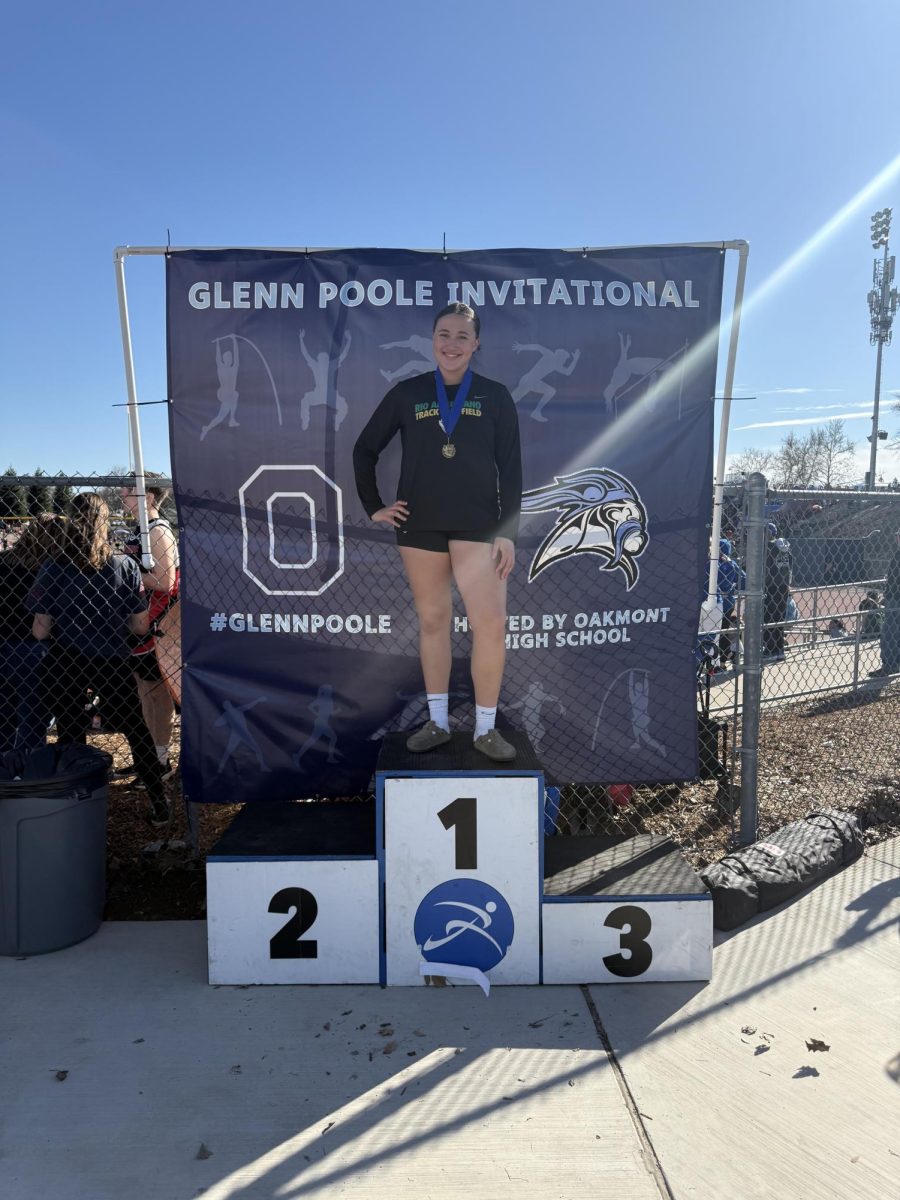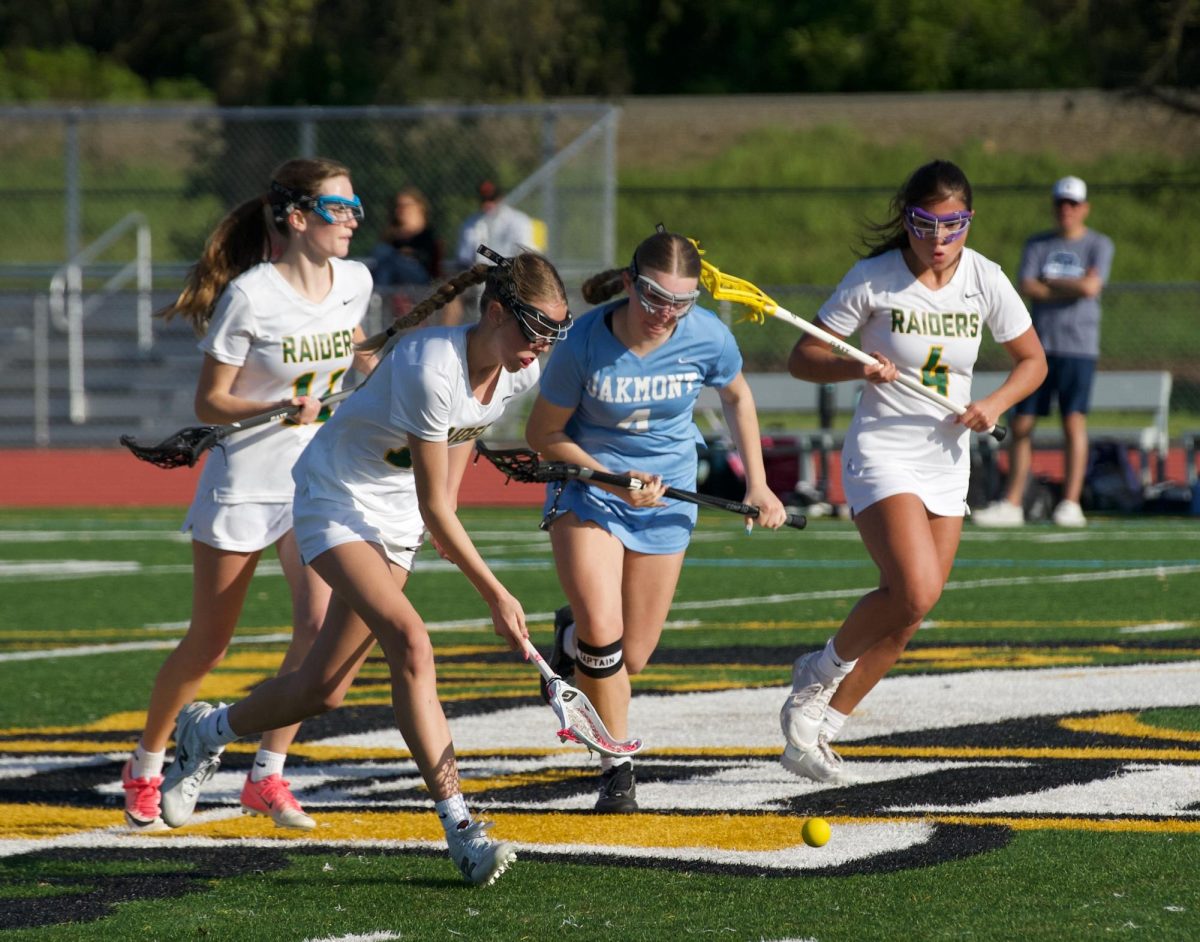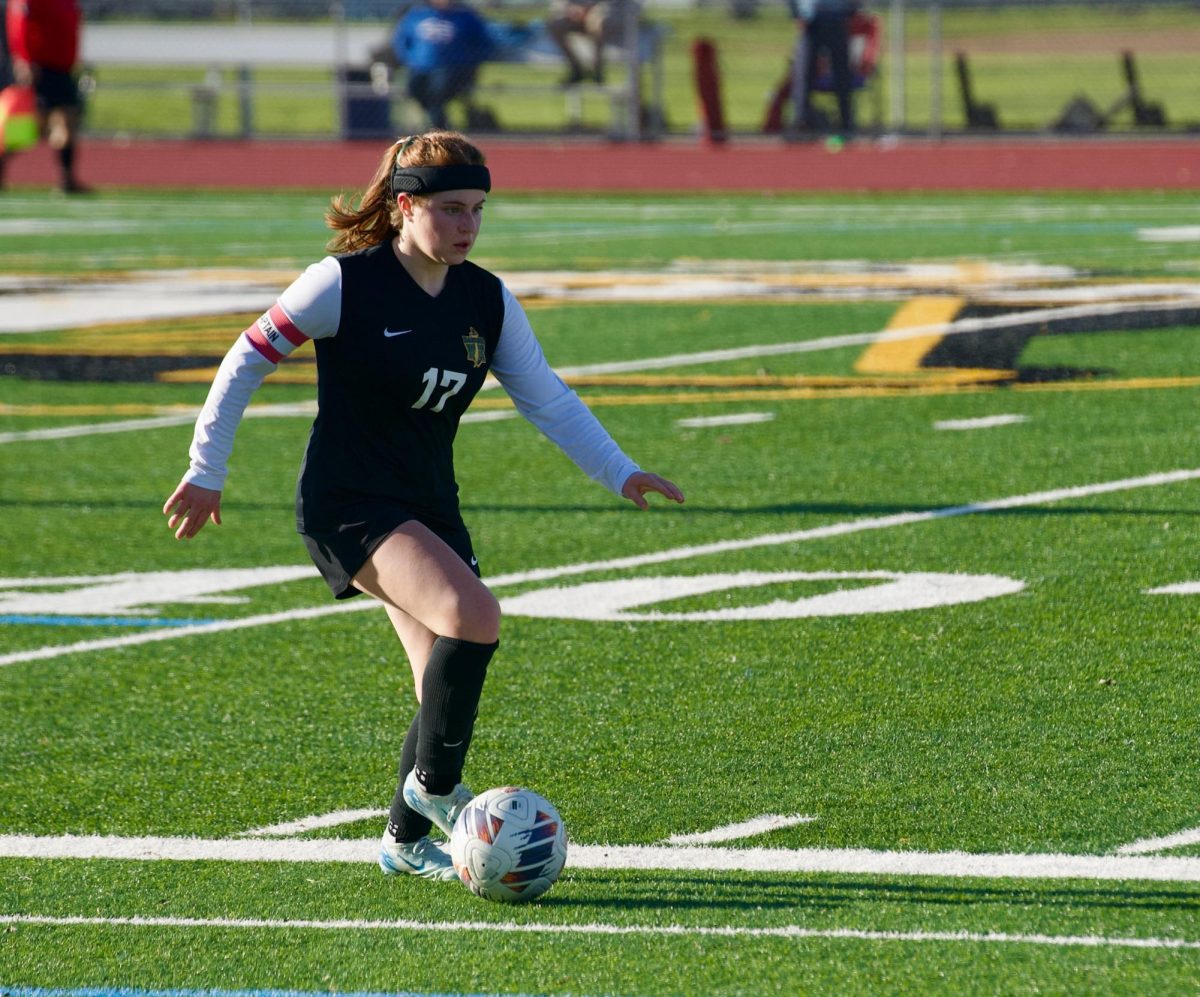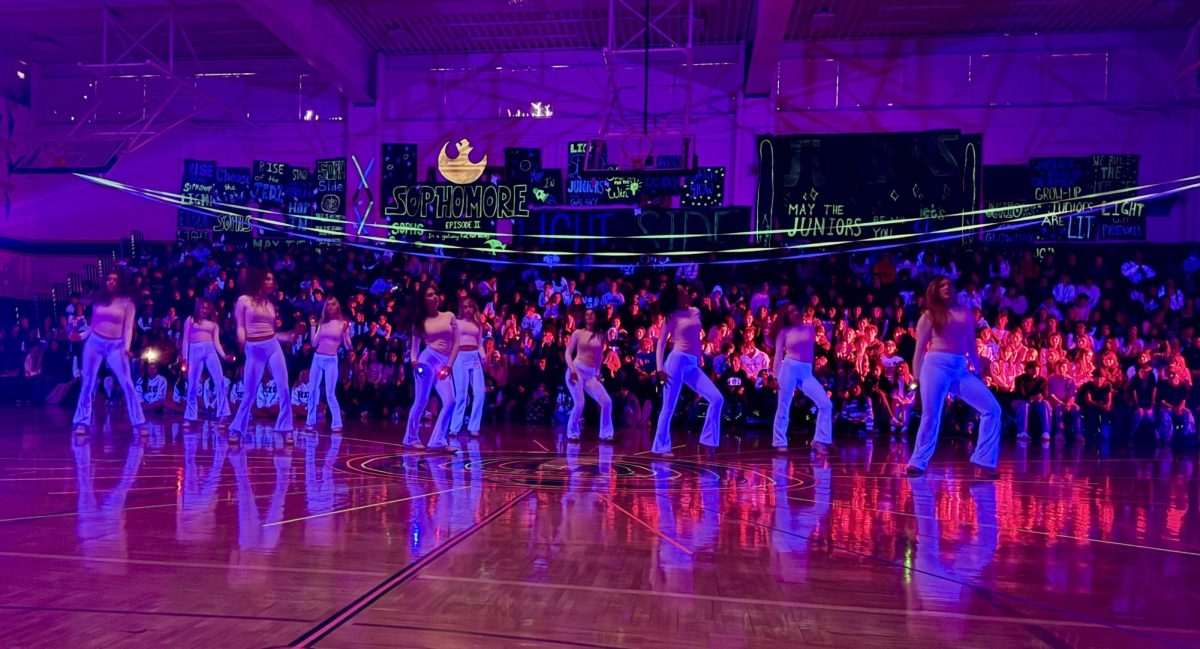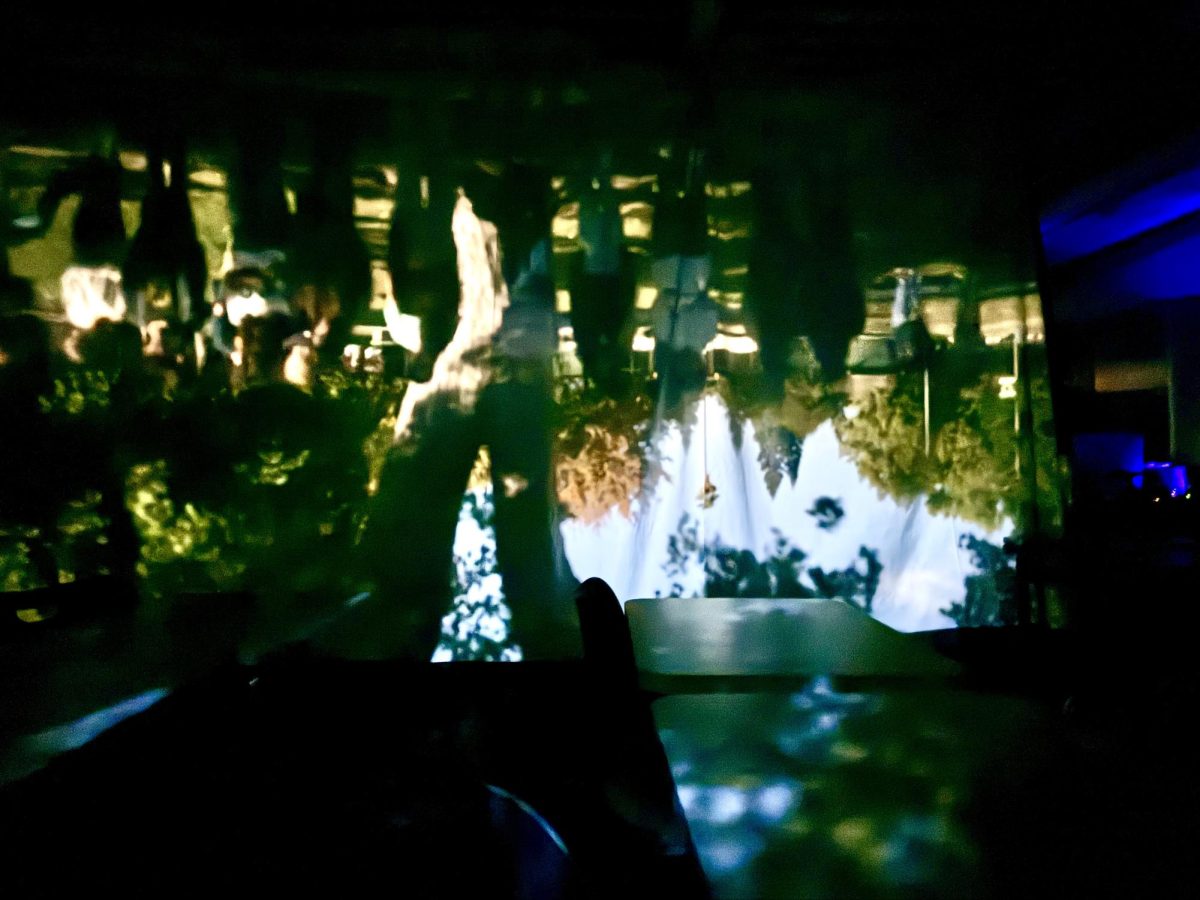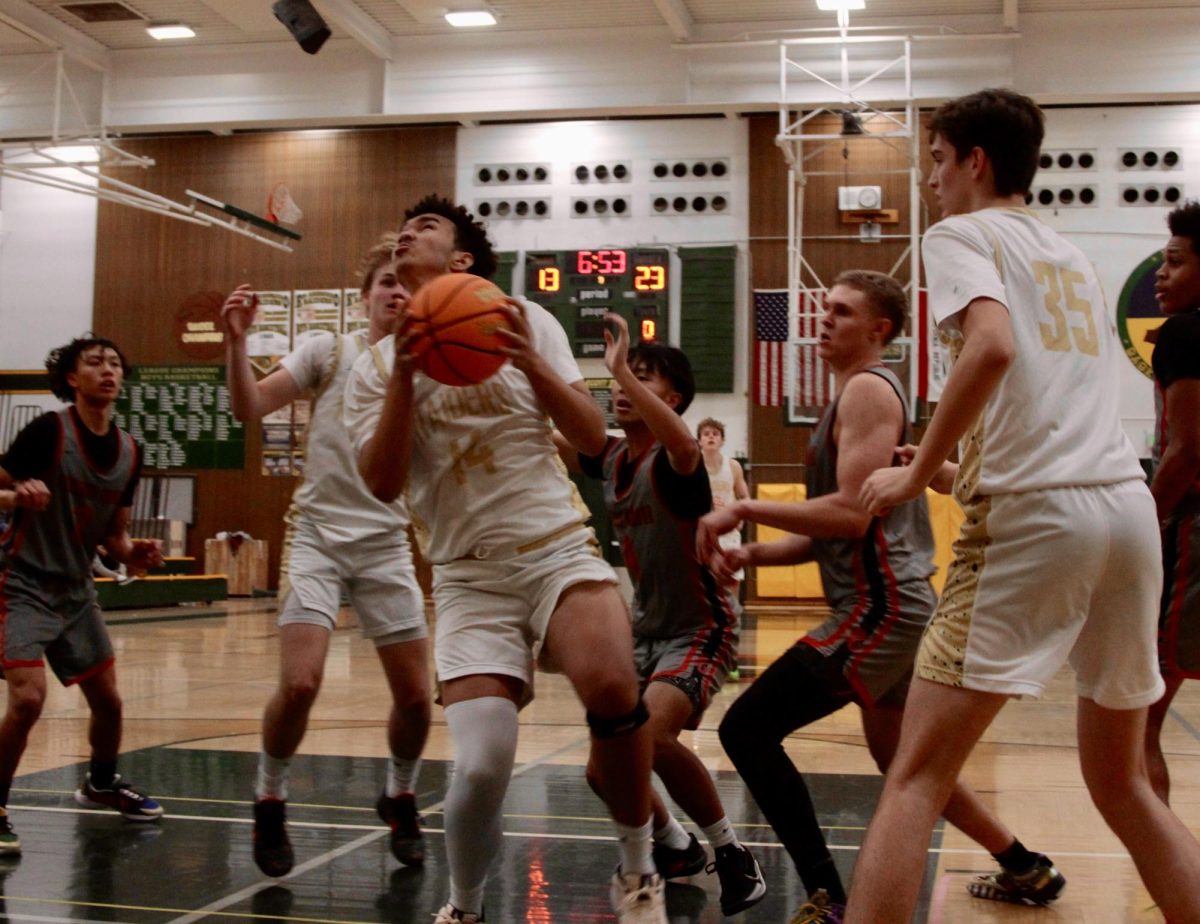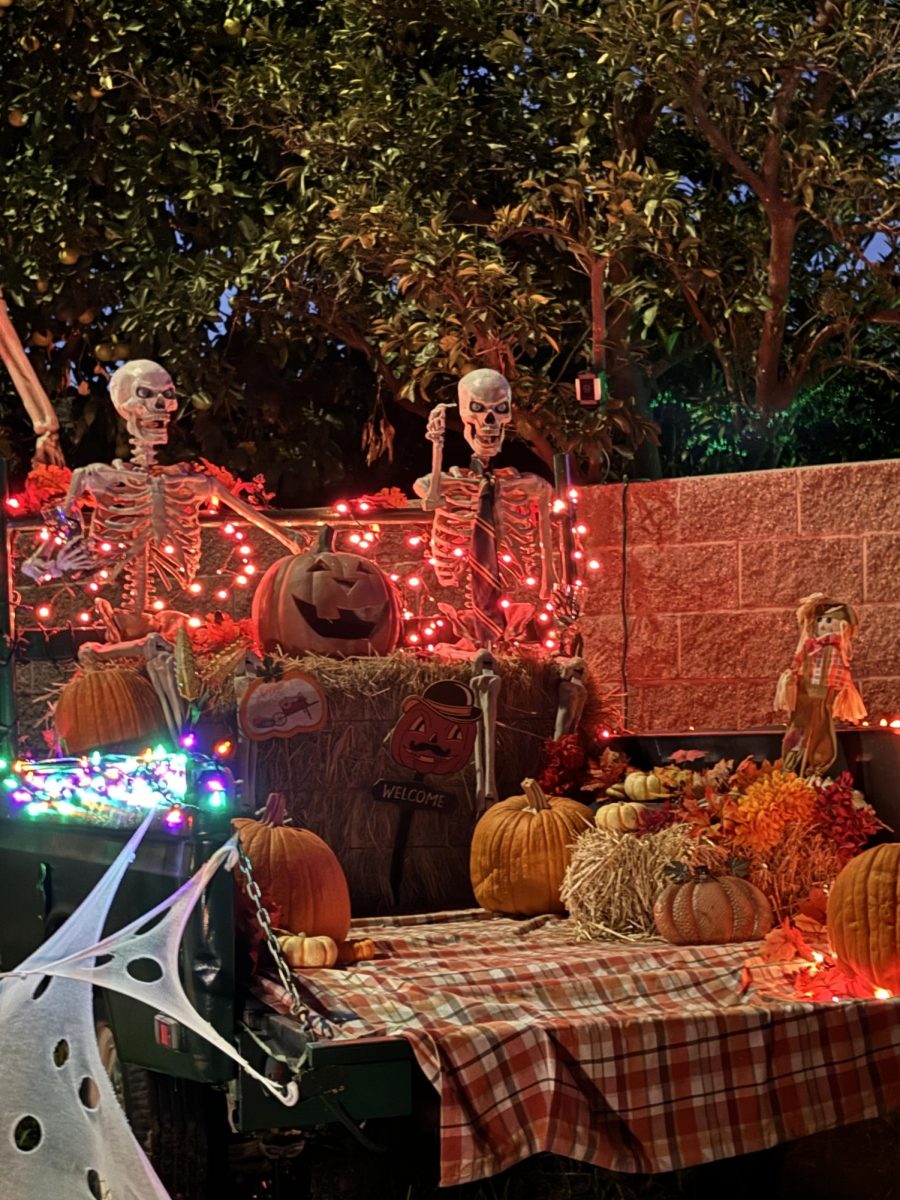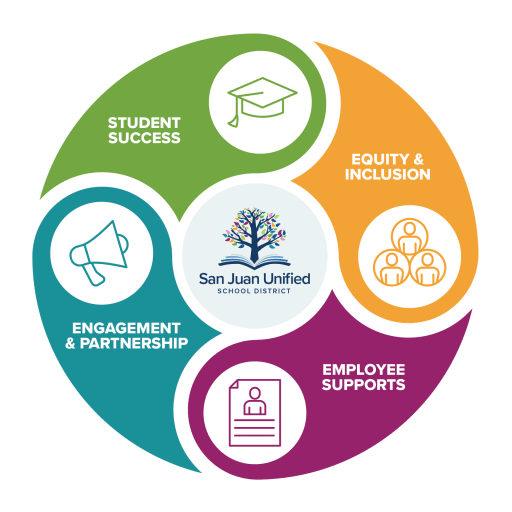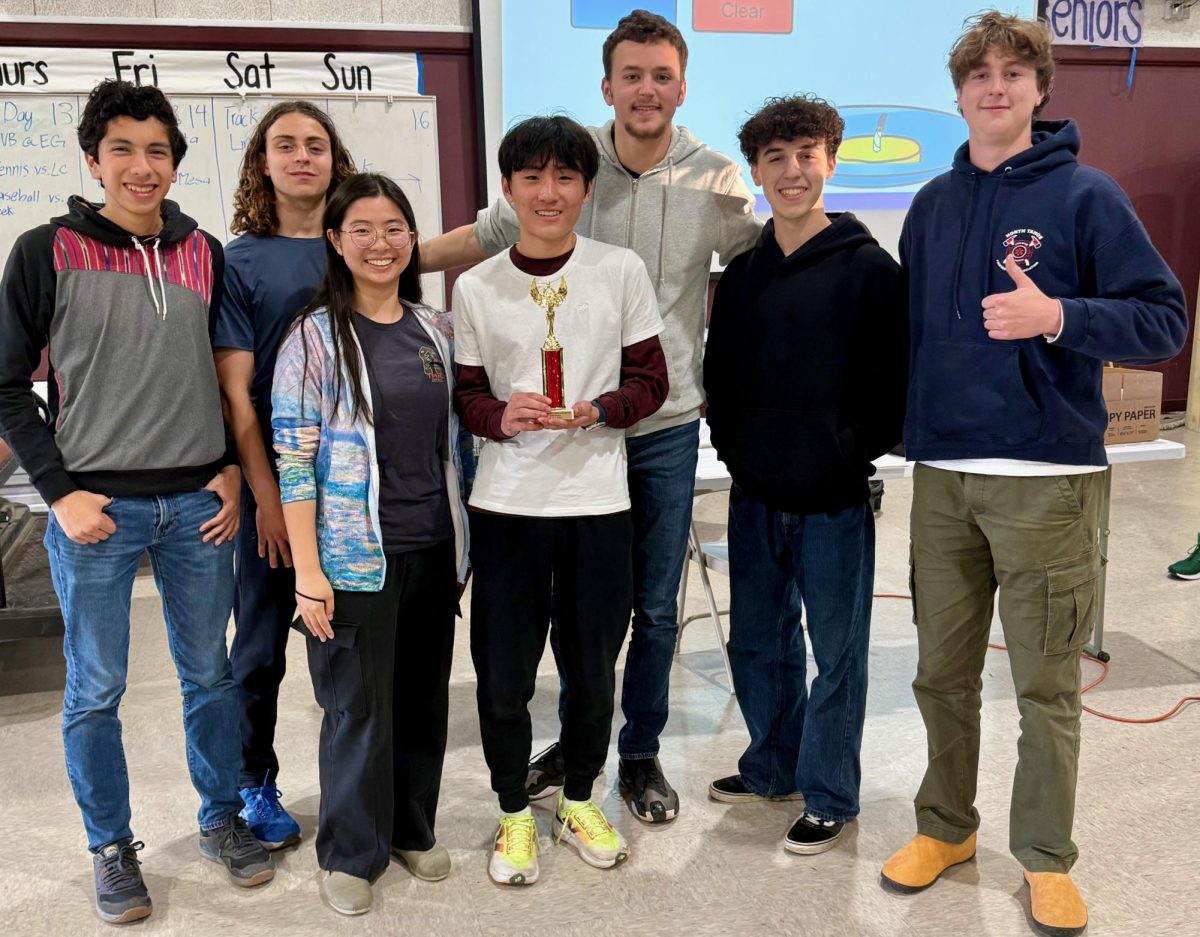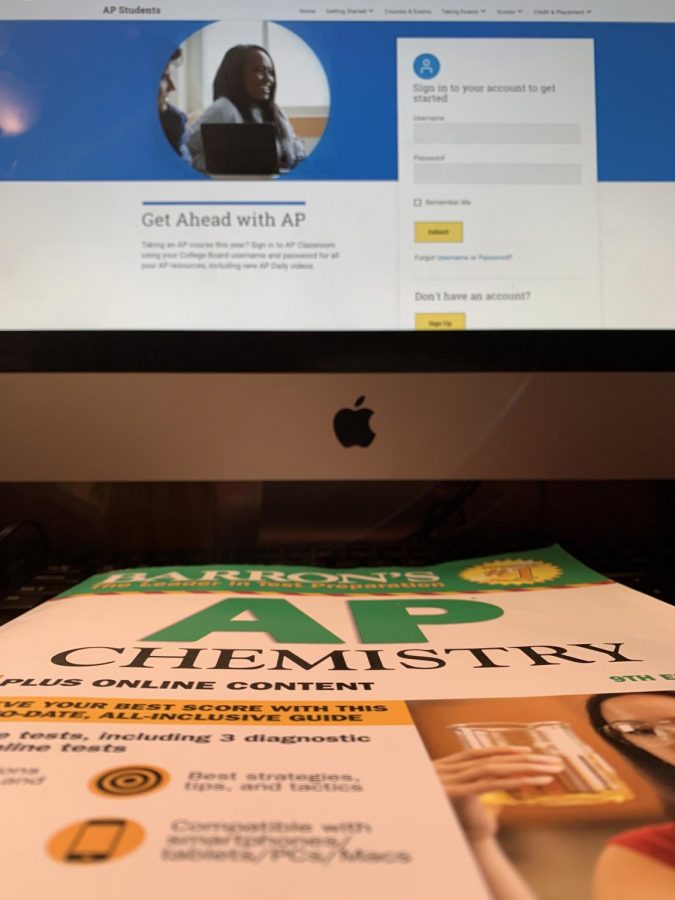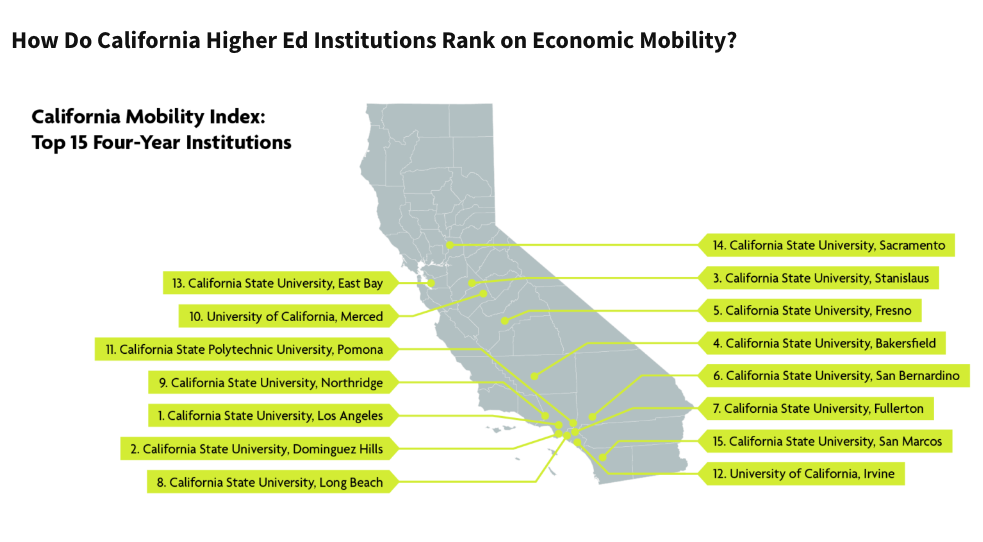Because of COVID-19, many students have been forced to take AP tests at home and online, rather than the traditional way with a pencil at school. Because of these new conditions and environment, many students were uneasy and had additional stress due to possible Internet crashes, loud family members, and WiFi not working.
Typically, the AP exams take ninety minutes to three hours to complete, but this year, they were reduced to forty-five minutes, and most consist of two free response questions. Because of this, students that favor the multiple choice may have struggled or gotten a score that doesn’t reflect their knowledge.
Aside from technical glitches, some critics have said AP testing and the College Board disregarded the needs of low-income students, who may not have access to laptops or phones to take the tests. Additionally, they may not have high-speed internet to upload photos in quickly, or a quiet, distraction-free environment to take the exam.
According to Jennifer Lopez, CEO of a charter school network “The way the College Board has thought about this is directed toward middle-class families.” Even though the International Baccalaureate (IB) program cancelled its exams, College Board decided to move the exams online.
Further, even though the College Board removed a few units and content from each subject, it is possible that students still had to teach themselves material as not all schools closed at the same time. This means some students had an advantage over others as they had time to be taught the material and practice with a teacher.
Finally, because the exams had to be issued online simultaneously, students taking exams at night or early in the morning may be at a disadvantage. According to Scott Jaschick with Inside Higher Ed, “In Britain, the test starts at 9 p.m. In India the test starts at 1:30 a.m.. In China, at 4 a.m.”
After scrolling through social media apps and talking to several of my friends, it is clear that technical issues were prevalent. I have seen several videos of students not being able to upload their AP Literature essays or the website not accepting photos of work.
I have also seen videos of students crying because their answers would upload, and talked to people that are now forced to retake the exam in June. It is very important that AP students get the college credit they deserve, and while the COVID-19 situation is unprecedented, the AP exams could have been managed better.
My AP testing experience involved several distractions, and after months of preparation, it is frustrating to have additional stress and disturbances.
For my first exam, AP Calculus BC, I took the test on my phone and wrote out all my answers with a pencil. This allowed me to take pictures easily and upload them to the College Board. However, prior to the test, I had to switch my photo settings to ensure my pictures were compatible with the College Board, an additional step many students didn’t realize prior to the test.
When the timer on my screen flashed five minutes, I immediately stopped working and took pictures to upload. By the time my three pictures uploaded, I had a mere one minute left.
For my AP Literature test, I took the exam on my computer through Google Docs. While I did enjoy typing the essay on my computer, my WiFi disconnected halfway through the exam and I was forced to use Hotspot from my phone.

